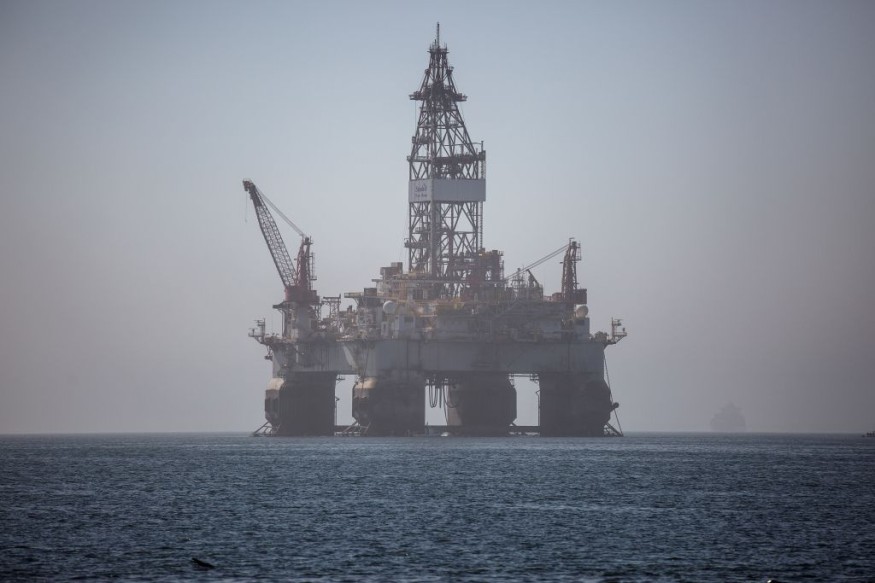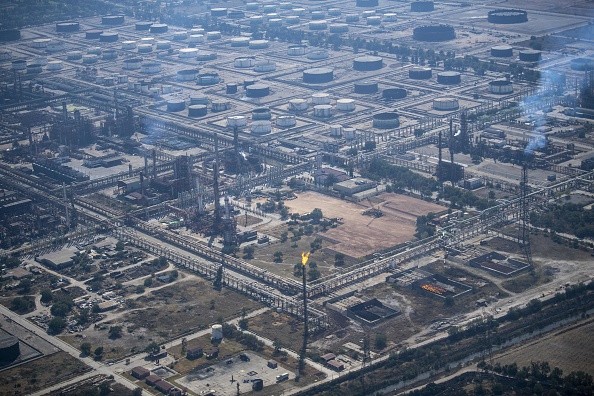According to economists, chronic underinvestment in new oil supply since the 2015 crisis, as well as pressure on oil and gas corporations to reduce emissions and even "keep it in the ground," would likely lead to global oil output peaking sooner than initially projected.

This would be a positive outcome for green energy proponents, net-zero agendas, and the environment if it weren't for one simple fact: oil demand is recovering from the pandemic-induced dip and is on track to reach a new annual average record as early as next year.
Nearing Peak Oil Consumption?
Analysts have predicted that peak oil consumption will arrive sooner than envisaged just a few years ago, thanks to the energy transition and numerous government initiatives for net-zero emissions.
However, based on current oil and gas investment trends, global oil production may peak before global oil demand, creating a supply imbalance resulting in increased market volatility, price spikes, and perhaps fundamentally higher oil prices by the middle of this decade.
In a report published by Reuters this week, Morgan Stanley's research department noted, "On present trends, global oil production is projected to peak much earlier than demand."
"The planet establishes limits on how much carbon may be safely released. As a result, oil consumption must peak, according to Morgan Stanley analysts.
The problem with the globe is that oil consumption is not peaking, despite wishful thinking, investment pressure, and other factors. According to most forecasts, it will not peak until the end of this decade at the earliest.
Related Article : Fossil Fuel Investors are Backing Down But Renewables Energy Still Needs More Time
OPEC Report

According to OPEC's latest annual estimate, global oil consumption will continue to climb through the mid-2030s, reaching 108 million barrels per day (BPD), then plateauing until 2045.
Other researchers predict that demand will peak in the late 2020s.
However, new supply investment is falling well behind global oil demand growth.
After the 2020 COVID crisis, demand is increasing again, and, contrary to early 2020 predictions that global oil consumption will never recover to pre-pandemic levels, demand is only a few months away from reaching and exceeding those levels.
Beyond the OPEC+ agreement, however, supply appears to remain capped.
Last year, new investment fell to a decade-and-a-half low. According to Wood Mackenzie projections from earlier this year, global upstream investment hit a 15-year low of $350 billion last year.
Despite $80 oil, investment is not likely to increase significantly this year. This is because supermajors adhere to capital discipline and commit to net-zero emission goals, which some of them seek to achieve in part by limiting investment and development in non-core, low-profitable new oil projects.
What Oil Producers are Doing
For its part, American shale producers are not rushing to "drill themselves into oblivion," as Harold Hamm put it in 2017, as they try to finally reward shareholders after years of diverting cash flows into drilling and pursuing output increases.
Given that oil consumption would continue to rise for at least a few more years, underinvestment in new supply would be a severe medium- and long-term issue.
Demand will persist regardless of the energy transition, and a new supply will be required for years to replace diminishing output and reserves.
According to OPEC, the oil sector will require huge expenditures to fulfill demand over the next 25 years. According to OPEC, the industry will require $11.8 trillion in long-term upstream, middle, and downstream oil-related investments by 2045.
At the Energy Intelligence Forum this month, Patrick Pouyanné, CEO of TotalEnergies in France, stated that if the sector stopped investing in new supply by 2030, as some scenarios for net-zero by 2050 predict, oil prices would "go to the roof." "If we stop investing in 2020, we will leave all of these resources in the ground, and the price will skyrocket. And that will be a major concern even in rich countries," Pouyanné added.
A triple-digit oil price is no longer a far-fetched forecast, as it was in early 2020.
Oil is anticipated to hit $100 by September 2022, according to Francisco Blanch, global head of commodities and derivatives research at Bank of America, or even sooner if this winter is significantly harsher than expected.
"The underinvestment problem is difficult to overcome, and at the same time, demand is growing," he remarked.
Recovering Demand and Inevitable Shortage

Demand is recovering; despite substantial underinvestment in supply over the previous 18 months, Blanch told Bloomberg in September.
According to Blanch, while oil prices are unlikely to stay in the triple digits for long, underinvestment has become a "multi-year crisis" for the sector.
Even if oil did not remain above $100 per barrel, a supply shortage in the future would raise the floor beneath oil prices, leading to unsustainable price rises. As much as climate activists would like to see new supply investment halted, the business and the globe cannot afford it since oil demand is growing.
For more news about making the environment sustainable, don't forget to follow Nature World News!
© 2025 NatureWorldNews.com All rights reserved. Do not reproduce without permission.





